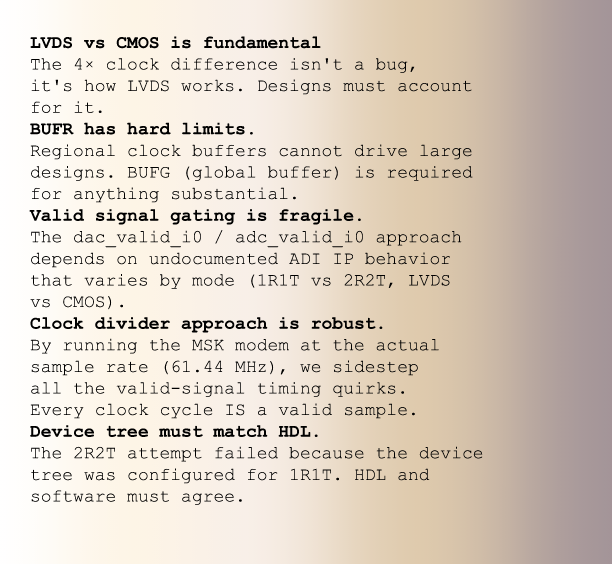New Chip, Who This?
Porting to a new FPGA is complete (Pluto SDR to Libre SDR). We are now transmitting over the air again in the lab.
A correlator has been implemented to replace the lower-performance Hamming Distance calculator for sync word detection.
Next up is soft decision decoding for the 1/2 rate convolutional encoder we are using for forward error correction. This will give us another 2dB of coding gain over the hard decision version, for a total of 7dB.
It’s been a very successful end of the year for Opulent Voice. Thank you to all who support our work. We could not do this and other ambitious work without your help.
